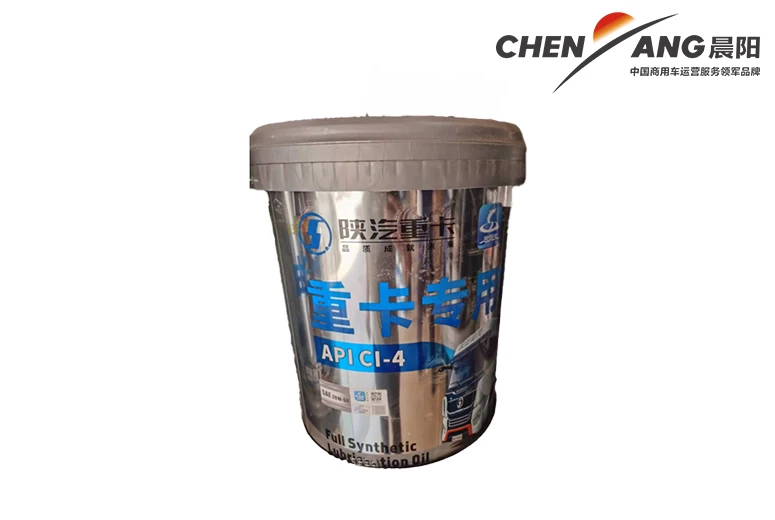...
2025-08-15 07:14
2031
...
2025-08-15 06:40
54
...
2025-08-15 06:31
576
...
2025-08-15 05:54
1928
...
2025-08-15 05:35
1093






